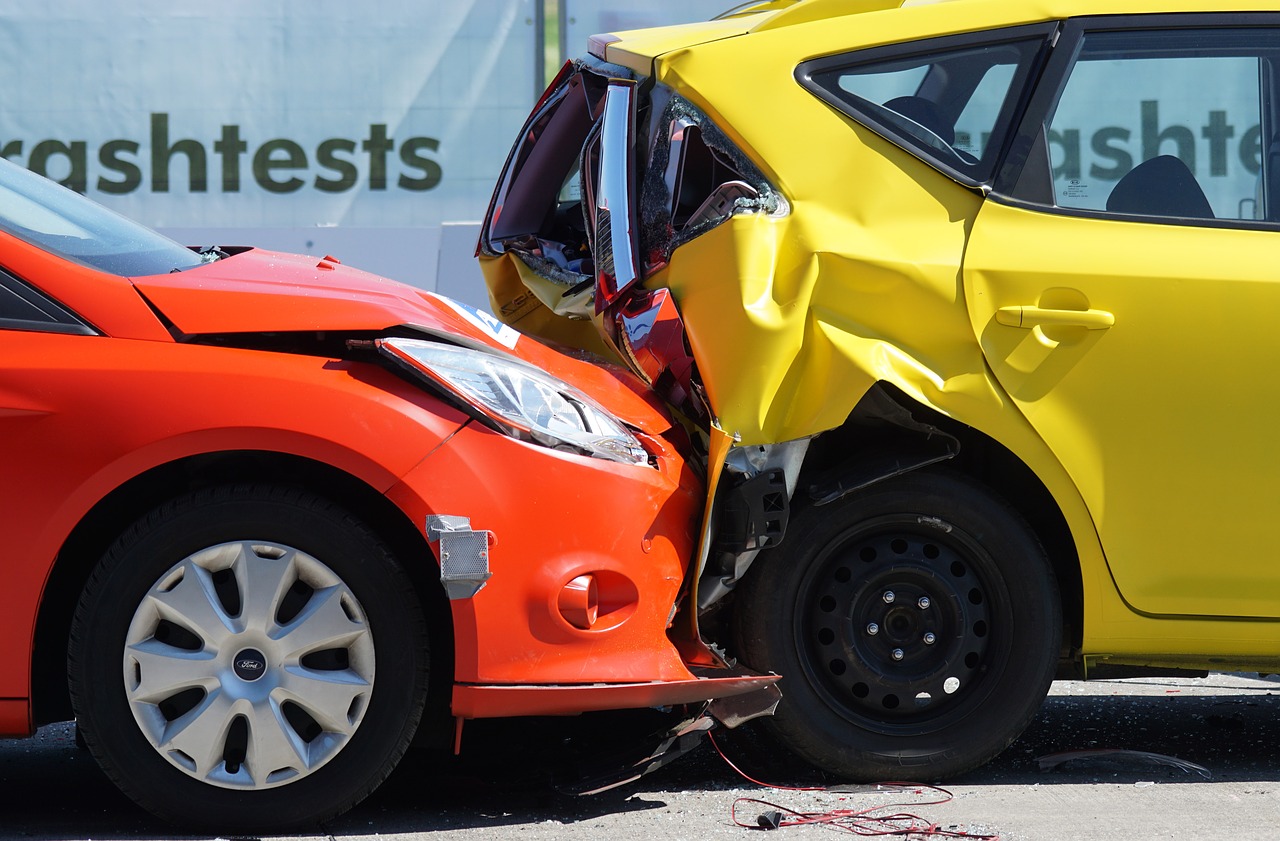In the world of automotive accidents, rear-end collisions rank among the most common. They can happen anywhere, from busy highways to quiet suburban streets. Understanding the causes, consequences, and prevention techniques for these types of accidents is essential for every driver. This comprehensive guide will cover everything you need to know about rear-end collisions.
1. What is a Rear-End Collision?
Simply put, a rear-end collision occurs when one vehicle crashes into the back of another. It can range in severity from minor bumper scratches to total vehicle destruction and severe injuries.
2. Common Causes of Rear-End Collisions:
- Distracted Driving: The top reason for many accidents, distracted driving involves any activity that diverts attention from driving, such as talking or texting on your phone, eating, or adjusting the radio.
- Tailgating: Following another vehicle too closely reduces the reaction time one has if the leading vehicle suddenly stops.
- Speeding: Driving over the speed limit, especially in dense traffic, increases the risk of collisions.
- Poor Weather Conditions: Rain, snow, fog, and ice can reduce visibility and road grip, leading to accidents.
- Sudden Stops: Unexpected stops, often due to traffic congestion or sudden braking, can catch drivers off guard.
3. Consequences of Rear-End Collisions:
- Vehicle Damage: The most apparent consequence is the physical damage to vehicles, which can be costly to repair.
- Physical Injuries: Whiplash, a common injury in rear-end collisions, affects the neck and spine. However, injuries can range from minor cuts and bruises to broken bones and traumatic brain injuries.
- Mental and Emotional Impact: Accidents can lead to post-traumatic stress disorder, anxiety, and other psychological challenges.
- Financial Implications: From medical bills to vehicle repairs and potential increases in insurance premiums, rear-end collisions can strain one’s finances.
4. Prevention Tips:
- Maintain a Safe Following Distance: This gives you ample time to react if the vehicle in front stops suddenly. The general rule is the “three-second rule,” but increase this in poor weather conditions.
- Stay Alert: Pay full attention to the road, avoid using your phone or engaging in distracting activities while driving.
- Regular Vehicle Maintenance: Ensure your brakes and tires are in good condition. This ensures optimal stopping power when needed.
- Drive According to Weather Conditions: In adverse weather, reduce your speed and increase the following distance.
5. What to Do After a Rear-End Collision:
- Check for Injuries: Before anything else, check yourself and other passengers for injuries. Seek medical attention if necessary.
- Move to Safety: If possible, move your vehicle to a safe location, away from traffic.
- Exchange Information: Share and collect insurance and contact details with the other driver.
- Document the Scene: Take pictures of the accident scene, vehicle damages, and any injuries. This can be helpful for insurance claims and potential legal actions.
- Contact the Police: A police report can serve as an essential record of the incident.
- Notify Your Insurance: Report the accident to your insurance company as soon as possible.
- Engage an Attorney: Getting a good lawyer will be crucial to making sure you are compensated or protected in the event on an accident. Contact Connecticut rear-end car accident attorneys or lawyers in your area to protect your rights.
Rear-end collisions are common but can have significant implications. Being aware of the causes and taking preventive measures can go a long way in ensuring safety on the roads. However, should you find yourself in such an unfortunate situation, knowing the right steps to take afterward is equally crucial. Safe driving is everyone’s responsibility. Remember, it’s not just about protecting your vehicle; it’s about safeguarding lives.


